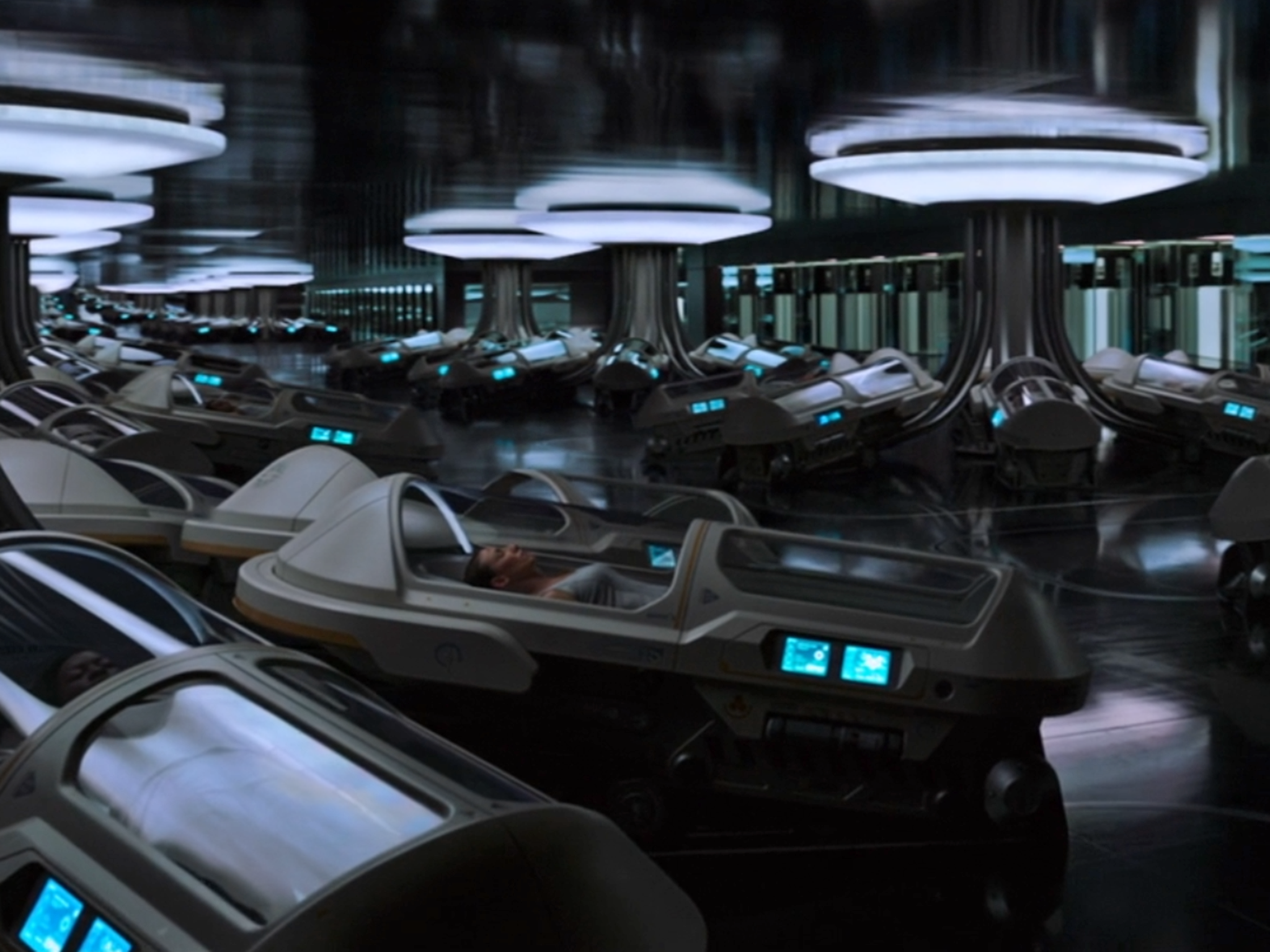Cryosleep: Fact or just science fiction?
From ‘A Space Odyssey’ to ‘Alien’, sci-fi writers have been recycling the idea of hypersleep since the 1950s. But could astronauts really snooze their way to the red planet, asks Steven Cutts

It’s now more than 50 years since Neil Armstrong set foot on the moon. On that day, millions of people assumed that the landing in the Sea of Tranquillity was just the start and that space colonisation was just around the corner. In case you haven’t noticed, we still haven’t conquered the heavens but that doesn’t mean we’ve given up. Even as I write these words, there are scientists all over the world planning our next steps into the solar system and at least some of them are seriously suggesting that we should actually freeze our astronauts for their outward journey.
A few years ago, I decided to delve into the exciting world of sci-fi writing and consciously looked for a unique selling point. Being a man of science myself, I would constrain my characters with the laws of physics. There would be no hyperdrive and no hypersleep. At first sight, this is a great selling point but when you sit down and start to type, you start to see the flaws in this position.
Unless someone invents some sort of magical new rocket engine, it’s going to take between six and seven months to reach Mars and our astronauts will have to spend each and every one of them locked up in the same can.
Subscribe to Independent Premium to bookmark this article
Want to bookmark your favourite articles and stories to read or reference later? Start your Independent Premium subscription today.
Join our commenting forum
Join thought-provoking conversations, follow other Independent readers and see their replies